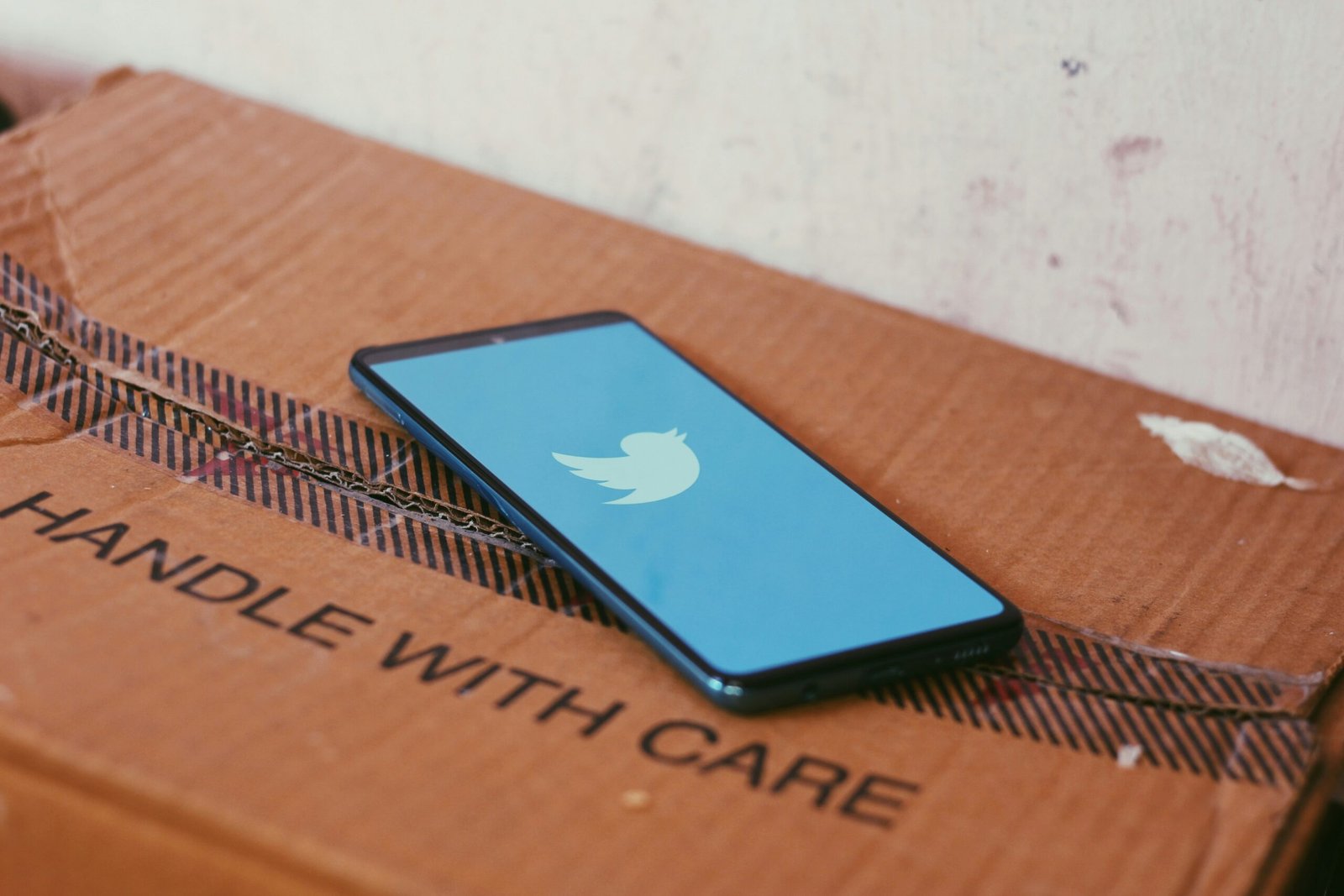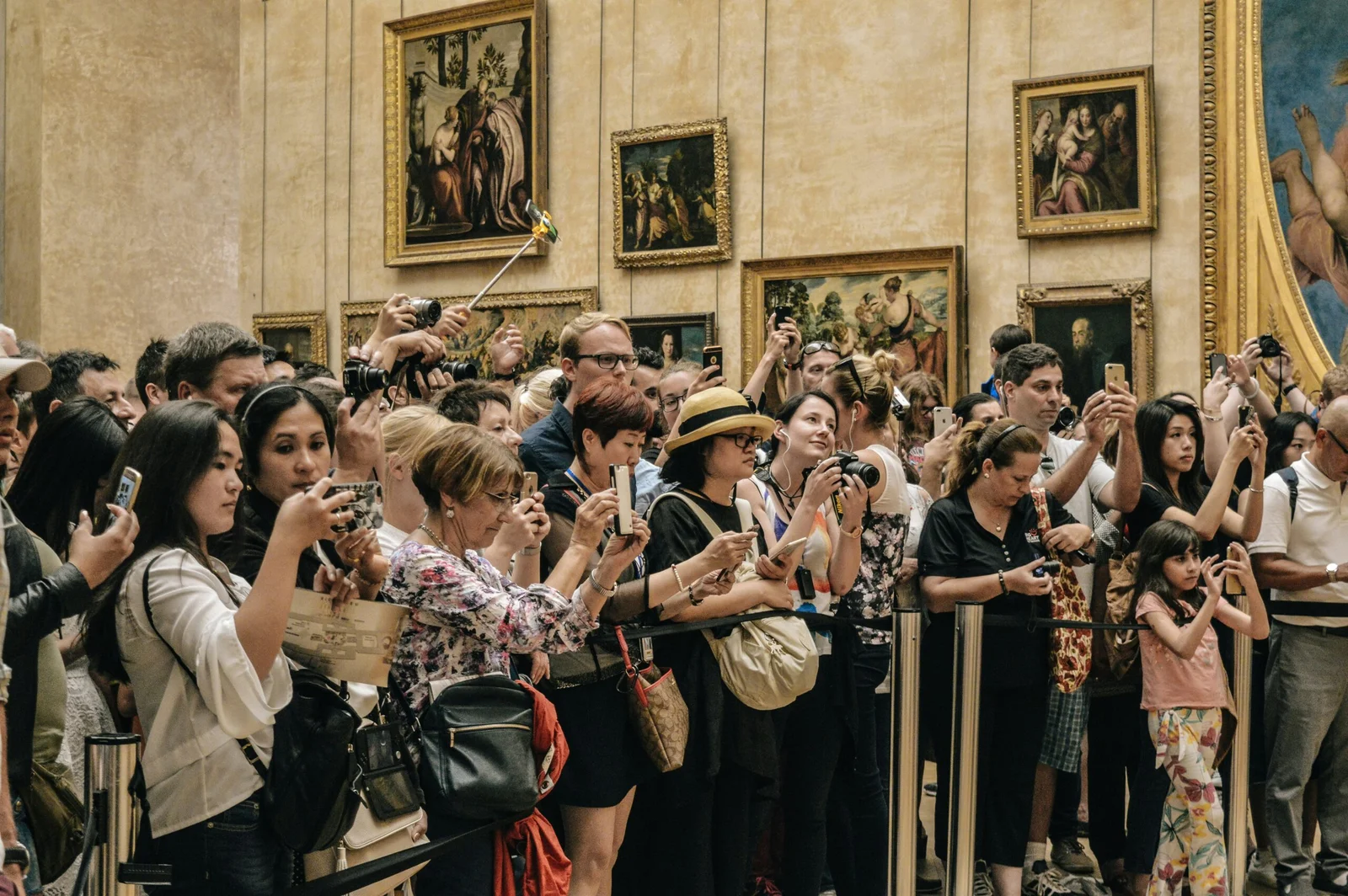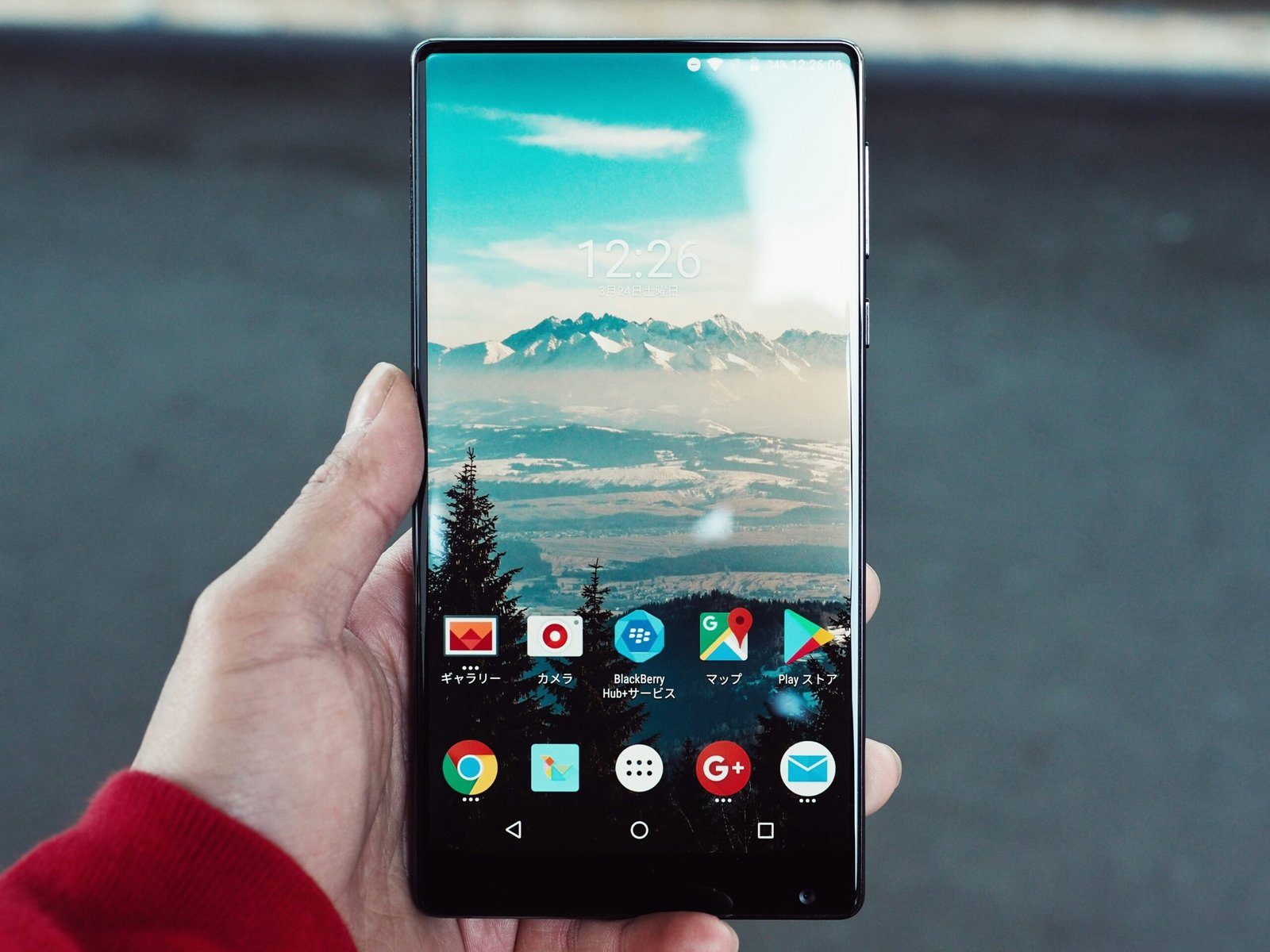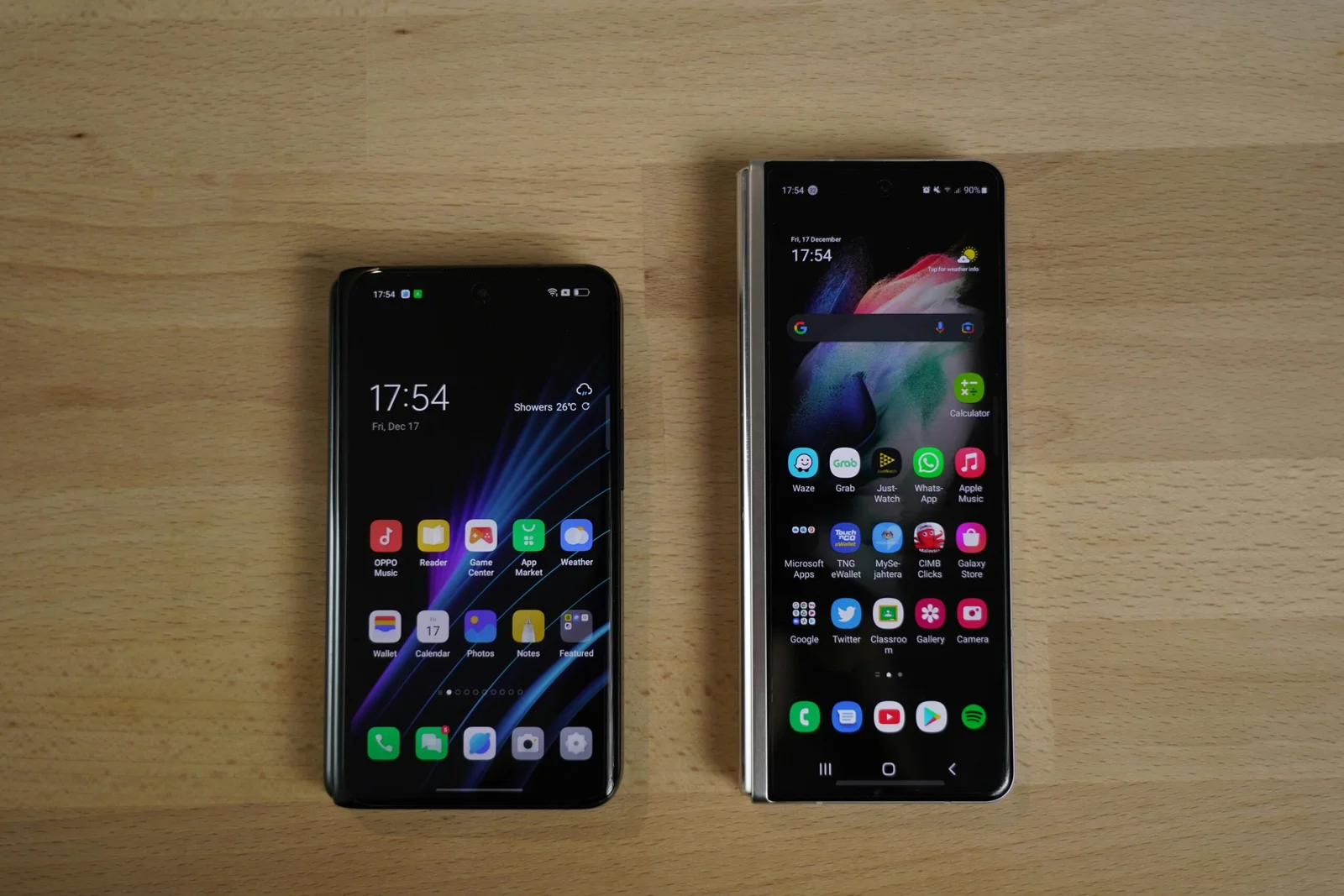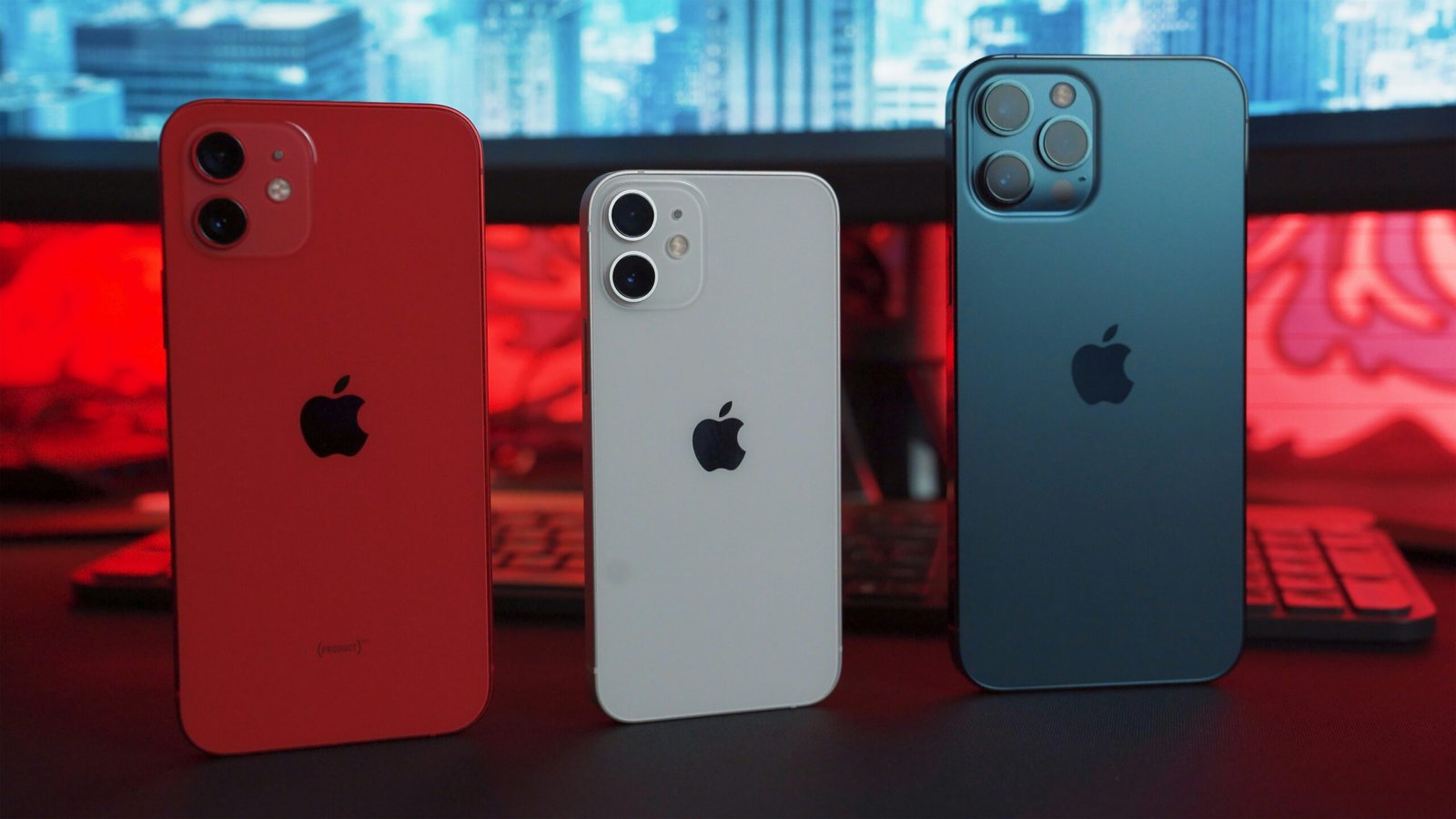
Introduction to Mobile Phones and Social Media
The advent of mobile phones has revolutionized communication, culminating in a profound impact on social media usage. In the early 2000s, the introduction of smartphones marked a significant turning point. These devices rapidly evolved from basic communication tools to multifaceted gadgets, integrating computing capabilities that transformed how individuals interact with digital content.
Key milestones in mobile technology include the launch of the first iPhone in 2007, which set new standards for user interface and app integration. The Android platform followed closely, democratizing access to advanced mobile features. As mobile technology advanced, so did the capacity of social media platforms to adapt and thrive. Social media giants like Facebook, Twitter, and Instagram leveraged the growing capabilities of smartphones to enhance user experience, offering mobile-optimized applications that facilitated real-time interaction and content sharing.
Today, mobile phones are ubiquitous, with over 6 billion smartphone users worldwide. This proliferation has made mobile devices the primary conduit for social media engagement. The integration of high-speed internet and advanced mobile applications has enabled users to access social media platforms anytime and anywhere, fostering a dynamic and interconnected global community. The seamless integration of mobile phones with social media has not only changed the way we communicate but also how we consume information, connect with others, and engage with digital content.
This section sets the stage for a deeper exploration of how mobile phones and social media platforms influence each other. By understanding the historical context and key developments in mobile technology, we can appreciate the profound synergy between these two forces. This synergy continues to shape our digital landscape, driving innovations that redefine social interactions in the modern world.
The Evolution of Social Media on Mobile Platforms
The advent of mobile phones has significantly transformed the landscape of social media, shifting it from a predominantly desktop-focused environment to a mobile-first experience. This evolution began with social media giants like Facebook and Twitter developing dedicated mobile applications to cater to the growing number of smartphone users. Early on, these apps were simplified versions of their desktop counterparts, focusing on basic functionalities for on-the-go use. However, as mobile technology advanced, so did these applications, evolving into comprehensive platforms optimized for mobile use.
Facebook, one of the pioneers in this transition, continuously enhanced its mobile app to include features such as live streaming, stories, and a robust messaging service. These features were specifically designed to leverage the capabilities of mobile devices, such as cameras and GPS, thereby increasing user engagement. Similarly, Twitter adapted its platform for mobile use by introducing features like real-time notifications and streamlined tweet composition, making it easier for users to interact and share content instantly.
Instagram and TikTok are prime examples of social media platforms that were conceived with a mobile-first approach. Instagram’s focus on photo and video sharing was inherently suited to mobile devices, where users could easily capture and upload media. The app’s design and functionality have always been optimized for mobile use, fostering a highly engaging user experience. TikTok took this a step further by creating a platform that not only optimized video creation and consumption for mobile devices but also capitalized on mobile-specific features such as vertical video format and swipe navigation.
The optimization of these platforms for mobile devices has had a profound impact on user engagement and interaction. Mobile apps offer a more personalized and immediate experience compared to desktop versions, encouraging users to spend more time on these platforms. Features like push notifications and location-based services keep users connected and engaged, driving higher levels of interaction and content sharing. This mobile-centric approach has not only increased the frequency with which users check their social media accounts but also the depth of their engagement, fundamentally altering the way people interact with social media.
User Behavior and Social Media Consumption on Mobile Devices
The advent of mobile phones has profoundly reshaped social media consumption patterns, leading to substantial changes in user behavior. One significant trend is the marked increase in screen time dedicated to social media. According to a study by eMarketer, the average adult spends about 3 hours and 23 minutes per day on mobile devices, with a substantial portion of this time allocated to social platforms.
Mobile notifications have also played a pivotal role in altering how users interact with social media. The immediacy of notifications prompts users to check their social media accounts more frequently throughout the day. This shift towards more frequent, but shorter, social media sessions is evident in research findings from the Pew Research Center, which indicate that 78% of social media users access these platforms multiple times daily, primarily through their mobile phones.
Moreover, the accessibility of social media on mobile devices has democratized content creation and consumption. Users now engage with social content in real-time, from anywhere, and at any time. This constant connectivity has led to a preference for bite-sized content that can be quickly consumed on the go, such as stories, short videos, and brief status updates. A report by Statista highlights that short-form video content on platforms like TikTok has seen a significant rise, with mobile users driving this trend.
The shift towards mobile has also influenced the nature of user interactions on social media. There is a growing inclination towards visual and multimedia content, driven by the advanced capabilities of modern smartphones. High-resolution cameras and user-friendly editing apps have empowered users to share visually compelling stories, further enhancing engagement on visual-centric platforms like Instagram and Snapchat.
Overall, mobile phones have not merely changed the frequency of social media use but have also transformed the very essence of user interaction, making social media an integral part of daily life. The implications of this shift are profound, affecting not just individual behavior but also how social media platforms evolve to meet the dynamic preferences of mobile users.
The Role of Mobile Phones in Content Creation and Sharing
Mobile phones have fundamentally transformed the way content is created and shared on social media platforms. One of the pivotal aspects of this change is the democratization of content creation. With the advent of high-quality cameras integrated into smartphones, virtually anyone can capture professional-grade photos and videos. This accessibility has shifted the dynamics from a previously exclusive domain of professionals to a more inclusive space where amateur creators can thrive.
Beyond just capturing content, mobile phones come equipped with a plethora of editing applications that further enhance the creative process. Apps such as Adobe Lightroom, VSCO, and Snapseed allow users to refine their images, while video editing tools like InShot and Kinemaster enable intricate video edits directly from one’s mobile device. These tools are not only user-friendly but also sophisticated enough to meet the needs of advanced users, thereby catering to a broad spectrum of content creators.
Live streaming capabilities on mobile phones have also revolutionized how real-time content is shared. Platforms like Instagram, Facebook, and YouTube offer seamless integration for live broadcasting, allowing creators to engage with their audience instantaneously. This real-time interaction fosters a sense of community and immediacy that static content often lacks.
Moreover, mobile-centric content formats such as Stories and Reels have gained immense popularity. These features, specifically designed for mobile consumption, encourage quick, engaging, and ephemeral content, which often leads to higher user engagement and content virality. The ease of creating and sharing Stories and Reels directly from a smartphone has contributed to their widespread adoption and success.
In essence, mobile phones have equipped individuals with powerful tools for content creation and sharing, fostering a more participatory culture on social media. From high-quality cameras and editing apps to live streaming and mobile-centric formats, the influence of mobile technology on social media usage is both profound and far-reaching.
Mobile Advertising and Social Media Monetization
The advent of mobile phones has revolutionized advertising strategies, particularly within social media platforms. The growth of mobile advertising has been both rapid and substantial, driven by the ubiquitous nature of smartphones and the extensive amount of time users spend on social media. This shift has prompted businesses to rethink their marketing approaches, ensuring that their strategies are mobile-centric.
One of the key advantages of mobile advertising is the advanced targeting capabilities enabled by mobile data. Social media platforms collect vast amounts of user data, including location, browsing habits, and app usage, which allows advertisers to deliver highly personalized and relevant ads. This precise targeting makes mobile advertisements more effective, as they are tailored to the interests and behaviors of specific user segments.
Numerous examples illustrate the success of mobile advertising campaigns. For instance, the clothing brand, ASOS, leveraged Instagram’s Stories feature to launch a campaign targeting young adults. By using engaging visuals and interactive elements, ASOS achieved a significant increase in website traffic and sales. Another notable example is Starbucks’ use of geofencing technology to target ads to users within proximity of their stores, resulting in higher foot traffic and sales.
Businesses leverage mobile social media to reach their audiences in various innovative ways. They utilize features such as in-app advertisements, sponsored posts, and influencer partnerships to engage users. Additionally, the integration of mobile payment systems within social media apps has streamlined the purchasing process, further enhancing the effectiveness of mobile ads. Companies also benefit from real-time analytics and insights provided by social media platforms, allowing them to continuously refine their strategies and maximize their return on investment.
In conclusion, mobile phones have significantly impacted advertising strategies and monetization efforts within social media. The ability to target specific audiences with personalized ads has proven to be highly effective, leading to increased engagement and sales. As mobile technology continues to evolve, businesses must remain agile and innovative in their approach to mobile advertising to maintain a competitive edge in the digital landscape.
Privacy and Security Concerns with Mobile Social Media Usage
The rapid proliferation of mobile phones has significantly transformed social media usage, bringing along a plethora of privacy and security concerns. As users increasingly rely on mobile devices to access social media platforms, the risk of data breaches has escalated. These breaches often result in unauthorized access to personal information, leading to potential identity theft and financial loss. A notable example is the notorious Facebook-Cambridge Analytica scandal, which highlighted the vulnerability of user data on social media platforms.
Another pressing issue is location tracking. Many social media apps utilize geolocation services to enhance user experience by providing location-based content and recommendations. However, this convenience comes at the cost of user privacy, as detailed location data can be exploited by malicious actors for stalking or other criminal activities. Even seemingly benign applications can collect and share location data without explicit user consent, posing a significant threat to personal privacy.
Furthermore, the collection of personal information by social media apps has become a contentious topic. These applications often require access to a plethora of user data, including contacts, photos, and even microphone and camera access. This extensive data collection, while sometimes necessary for app functionality, raises substantial privacy concerns. Users are frequently unaware of the extent of data being collected and how it is being used or shared by third parties.
To mitigate these privacy and security risks, users should adopt several best practices. Firstly, it is crucial to regularly review and update privacy settings on social media apps to limit data sharing. Secondly, users should be cautious about granting app permissions and only provide access to necessary features. Employing strong, unique passwords and enabling two-factor authentication can further enhance account security. Additionally, utilizing virtual private networks (VPNs) can help protect data transmitted over public Wi-Fi networks. By taking these proactive measures, users can better safeguard their privacy and security while enjoying the benefits of mobile social media usage.
The Future of Social Media in a Mobile-First World
The landscape of social media is constantly evolving, and the advent of new mobile technologies is poised to further accelerate this transformation. One of the most significant advancements is the widespread adoption of 5G technology, which promises faster data speeds and lower latency. This will enable more seamless and immersive social media experiences, including high-definition video streaming, real-time interactions, and enhanced live broadcasts. Users can expect a more fluid and responsive engagement with social media platforms, making content consumption and creation more dynamic and instantaneous.
Another emerging technology that will significantly influence social media is augmented reality (AR). As mobile devices become more powerful, AR features are becoming more sophisticated and accessible. Social media platforms are likely to integrate AR to create interactive and engaging experiences, such as virtual try-ons, immersive filters, and interactive advertisements. These advancements will not only enhance user engagement but also provide new avenues for brands to connect with their audiences in innovative ways.
Artificial intelligence (AI) is also set to play a pivotal role in the future of social media on mobile devices. AI-driven algorithms will continue to refine content recommendations, ensuring that users receive more personalized and relevant content. Additionally, AI will enhance automated customer service through chatbots and virtual assistants, improving user interaction and satisfaction. Social media platforms could also leverage AI to monitor and moderate content more effectively, fostering safer and more inclusive online communities.
As these technologies converge, user behavior is likely to shift towards more interactive and immersive social media experiences. We may see the emergence of new features and platforms designed specifically for mobile users, prioritizing real-time interaction, visual content, and personalized experiences. The future of social media in a mobile-first world holds immense potential for innovation, shaping the way we connect, communicate, and share information on a global scale.
Conclusion: The Symbiotic Relationship Between Mobile Phones and Social Media
The evolution of mobile phones has fundamentally transformed the landscape of social media usage. This blog post has delved into various facets of this intricate relationship, highlighting how mobile technology has revolutionized the way we connect, communicate, and consume content. The portability and advanced functionalities of mobile devices have made social media platforms more accessible and integrated into our daily lives, fostering a continuous exchange of information and interaction.
Mobile phones have not only amplified the reach of social media but have also enriched the user experience. Features such as high-resolution cameras, real-time notifications, and location-based services have enhanced how we create and share content, making social media engagement more dynamic and immediate. The convenience of mobile access has led to a surge in social media activity, enabling users to stay connected with their networks regardless of time and place.
Moreover, the symbiotic relationship between mobile phones and social media has significant implications for businesses and marketers. The ability to target audiences with precision and engage them through personalized content has opened new avenues for brand promotion and customer interaction. As mobile technology continues to evolve, it is likely that social media platforms will further adapt to leverage these advancements, creating more immersive and interactive experiences for users.
In conclusion, the intertwined development of mobile phones and social media has had a profound impact on modern communication. As we look to the future, it is evident that this relationship will continue to evolve, driven by technological innovations and changing user behaviors. The ongoing advancements in mobile technology will undoubtedly shape the next generation of social media, offering new possibilities for connection, collaboration, and content consumption.

